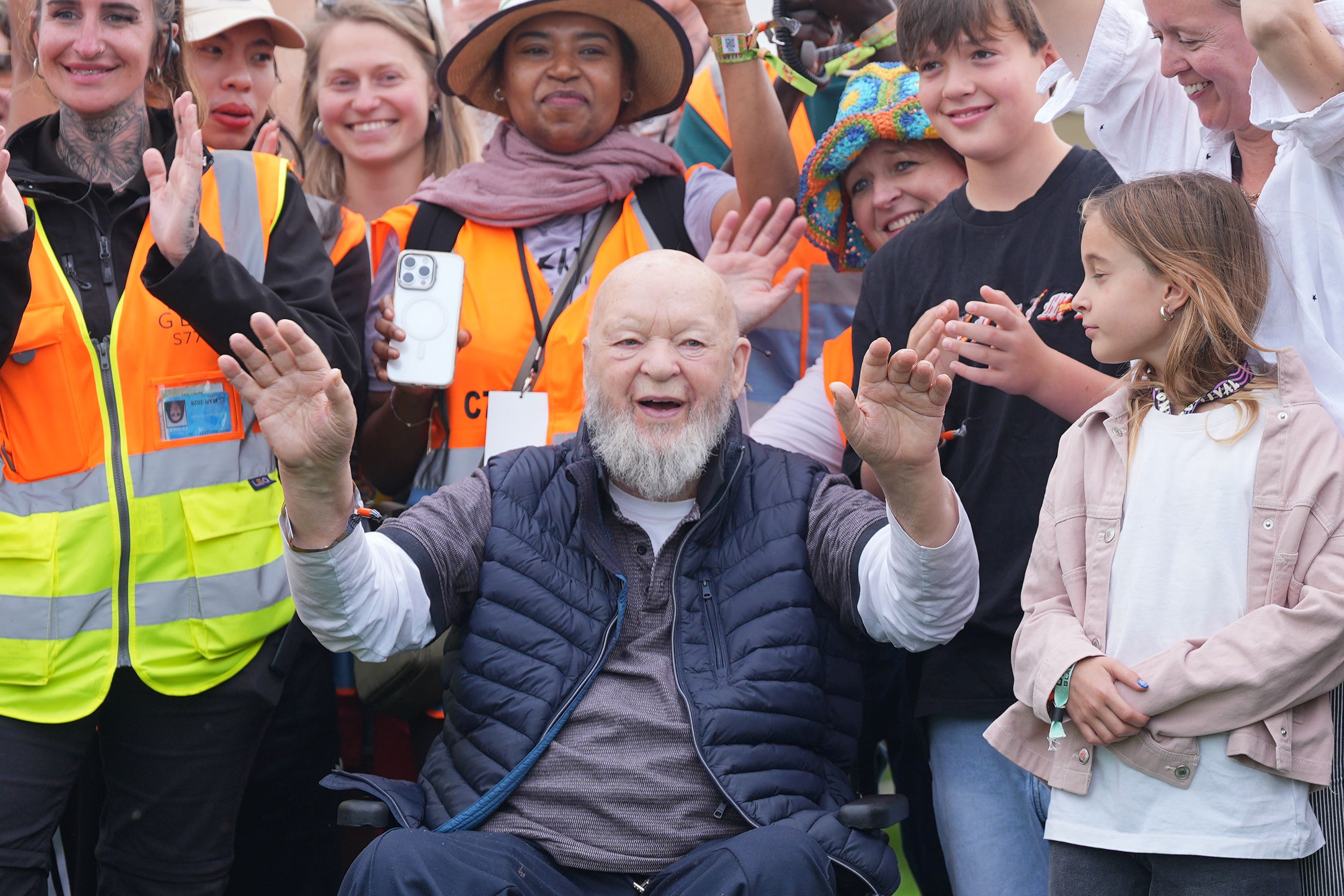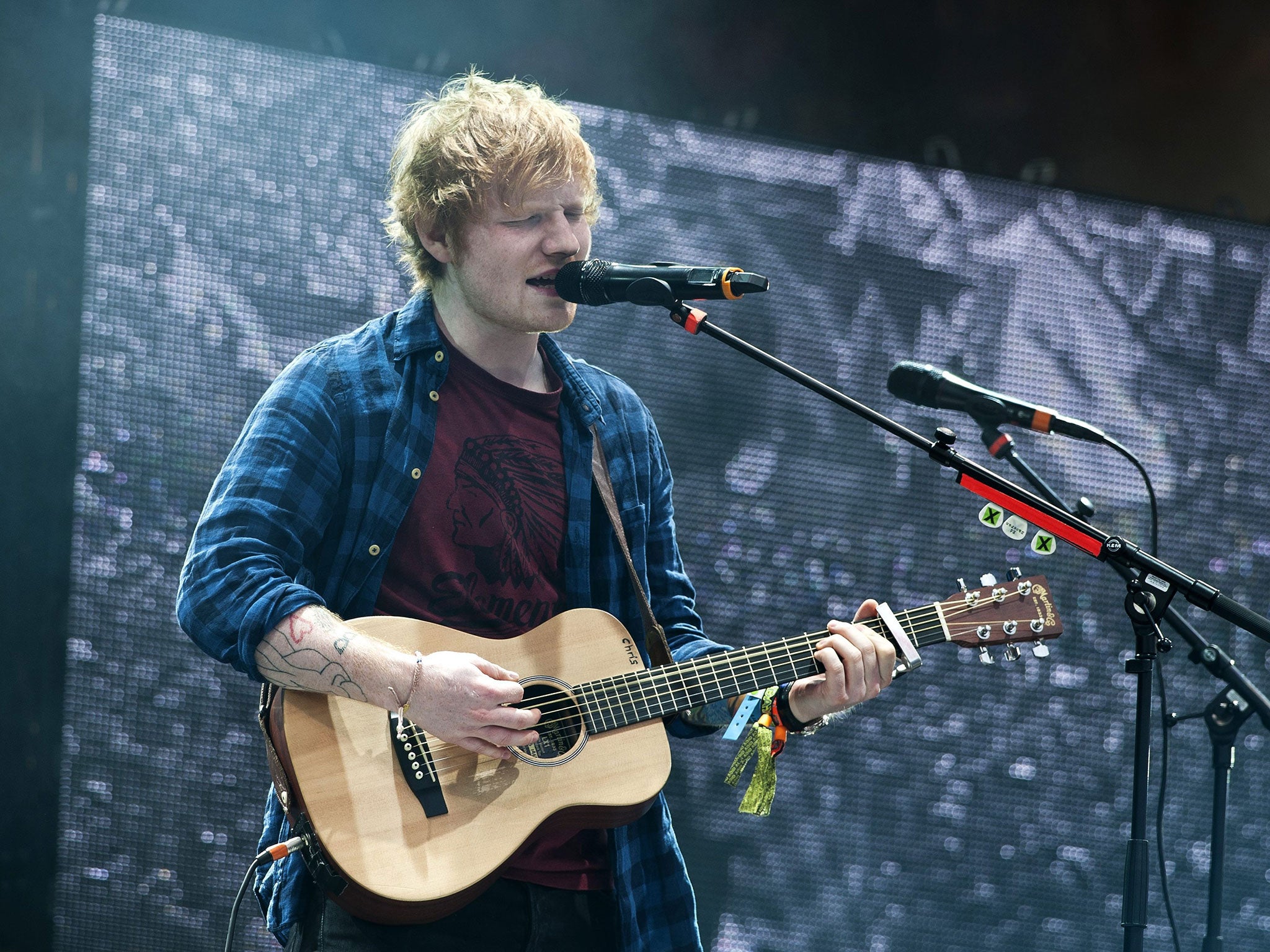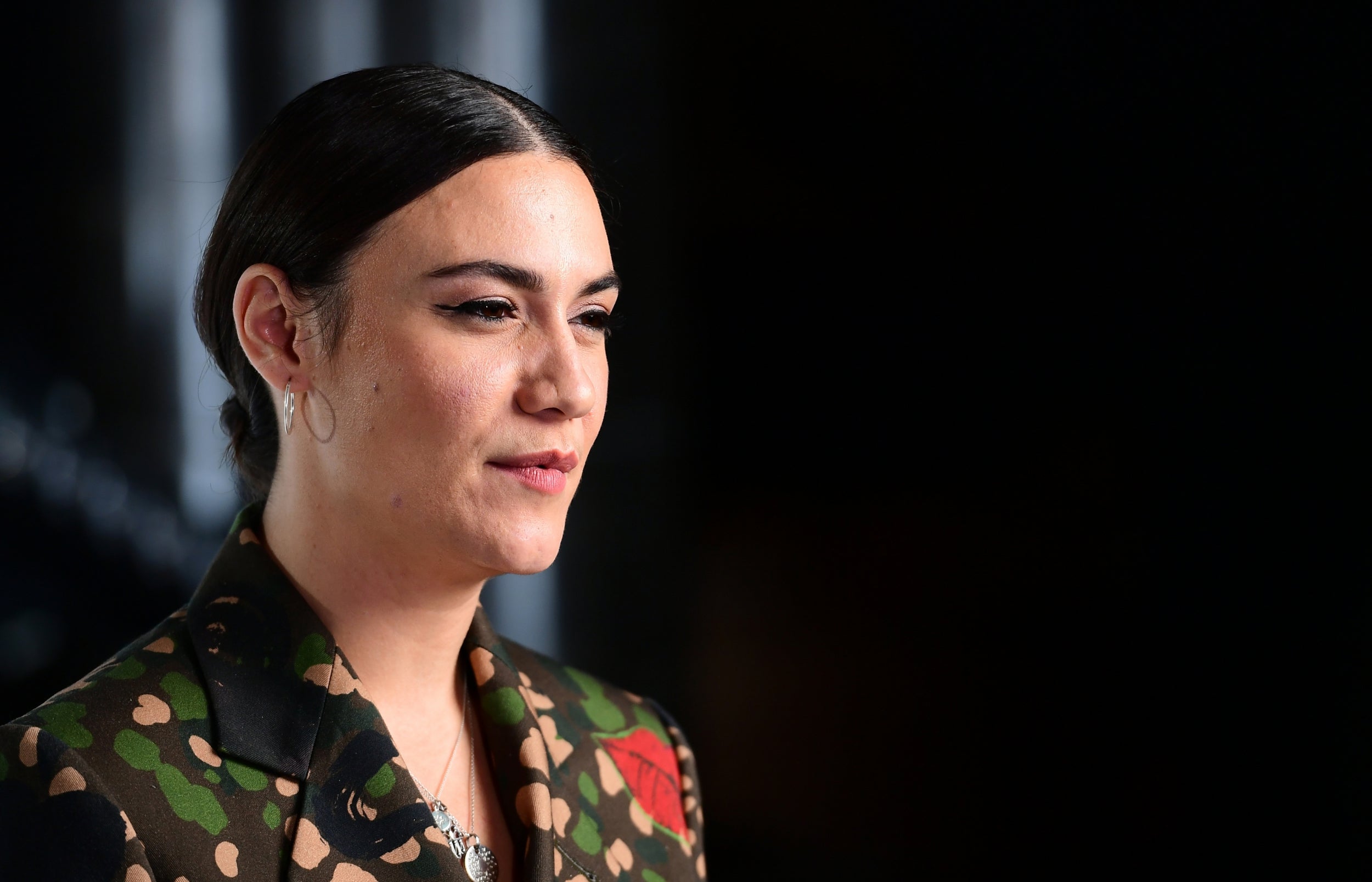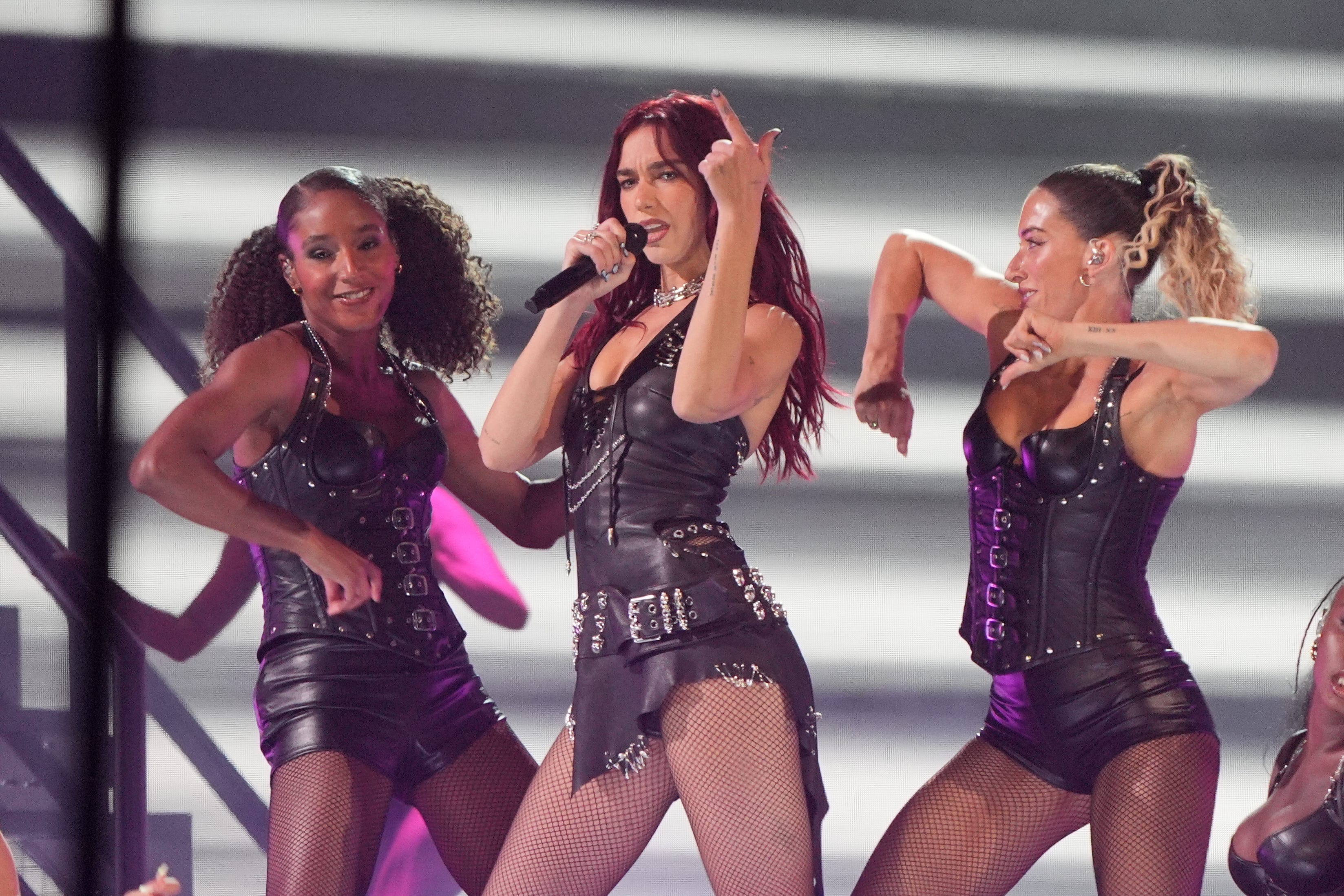Glastonbury 2025 is underway, with some of the world’s biggest acts – including headliners Olivia Rodrigo, Neil Young and The 1975 – scheduled to perform at Worthy Farm in Somerset across the weekend.
As the music festival takes place, one common question from fans and those watching from home is: how much are artists paid to perform?
Glastonbury does not disclose specific fees for the artists it books, whether headliners on the Pyramid Stage or emerging artists playing its Acoustic venue.
Follow the latest updates from Glastonbury 2025 here.
However, there have been plenty of unverified reports regarding some of the festival’s most memorable headliners, along with the occasional remark from Glastonbury founder Michael Eavis and his daughter, co-organiser Emily Eavis.
One musician, whose band had reached arena status by the time they played the Pyramid Stage (not as a headliner), told The Independent that they were paid between £80,000 to £100,000 to play for around an hour at the festival, which was “lower” than what they would typically demand in that kind of slot.
In general, they said they would expect to receive around £500,000 for a headline slot at other major festivals in the UK and Europe.
Meanwhile, Rod Stewart, who takes on the Legends Slot this year, claimed it was costing him $300,000 (£219,000) to perform: “I’ve got to bring all my band back from America, of course Glastonbury don’t pay for that,” he told TalkSport last November.
“But I don’t care if it cost me $1m, I would have done it. It’s a great honour. It really is the greatest honour.”

In 2019, Emily Eavis appeared on George Ezra’s podcast, George Ezra and Friends, where she said that artists might expect around 10 per cent of what they would receive at other festivals, in part due to Glastonbury’s charitable efforts.
“We've got integrity in that we kind of do it our own way,” she said at the time. “There are elements like all the charity stuff that we try to do... The fact that we're trying to give money away to charity and not make big profits, that's unusual for a business of this size.”
She added: “Obviously people would try and save money on the areas, but we put all the money into the areas so you do get these incredible areas that are just like another world. But then we also don't pay the bands big fees, and so we're competing with really big commercial festivals who pay bands... like we're 10 per cent of what they'd get from any other...”

While she expressed her appreciation for Ezra describing the invitation to perform as an “honour”, she added: “I think it is harder for artists who haven't been, especially when they're coming from the States and you're going 'this is really significant' and the agent looks (at the fee) and is like 'is that a joke?'
“But the thing that happens every time is because of the TV and because of the exposure that they get, they do go on to do really well afterwards, so they'll sell records afterwards, so we're saying 'look, come and do this but even though there's a small fee, we can almost guarantee afterwards you'll make up for it'.”
In 2017, Eavis made a similar remark during a BBC interview, in which she specified that headliners Katy Perry, Radiohead and Ed Sheeran were among those offered "less than 10 per cent of what they'd get paid from playing any of the other major British festivals".
Sheeran headlined the festival in 2014 and enjoyed a 195 per cent uptick in streams of his music in the 24 hours after his Sunday slot. Meanwhile, Dolly Parton’s debut in the Legends Slot saw her signature hit “Jolene” climb 116 places in the UK singles chart, from 116 to No 40.

Metallica, who headlined that same year, enjoyed a 165 per cent boost in streams, and also saw their classic track “Enter Sandman” chart at No 43 in the week after their performance.
Meanwhile, Michael Eavis has said he paid £200,000 each for Paul McCartney and Coldplay to headline the festival: “Although it sounds a lot, they could have charged me far more.” There were unverified reports last year that Dua Lipa was paid around £200,000 when she made her debut as Glastonbury headliner on the Pyramid Stage.
Glastonbury’s payment structure for performing artists is not without controversy. Speaking to The Independent this week, a manager claimed that his bands were offered £250 to play the Other Stage – one of the festival’s main stages – although Glastonbury hotly denied this was the case.
In 2024, musician Nadine Shah said she had turned down an offer to perform after learning that her slot would not be televised: “It’s just a reality that playing live is super expensive and if you can justify the costs (like being on telly and having a wider reach) then sometimes you take the hit. Otherwise no, we’ve all bills to pay”, she wrote on X/Twitter.

Glastonbury Festival told The Independent in a statement: “We are not able to disclose what we pay our headline acts; however, the quotes from Michael Eavis referring to Coldplay and Paul McCartney date back more than 20 years. And the figure stated for Dua Lipa's fee is certainly not accurate.
“Over recent years, we have worked hard to increase the fees for emerging acts across the Festival. We have also increased budgets across all stages and areas to bring fees up to higher levels for touring acts.”

The festival added: “It's also worth stating that Glastonbury spreads its budget across more than a hundred stages and areas, building a temporary city the size of Oxford in Somerset fields.
“We spend as much on creating the Theatre & Circus and late-night dance areas as we do on booking main stage acts – something that is unique on this scale to Glastonbury, and, we think, is one of the reasons why the Festival remains so popular.”
Glastonbury Festival’s support for charitable causes and campaigns reached £5.9m in 2024.







